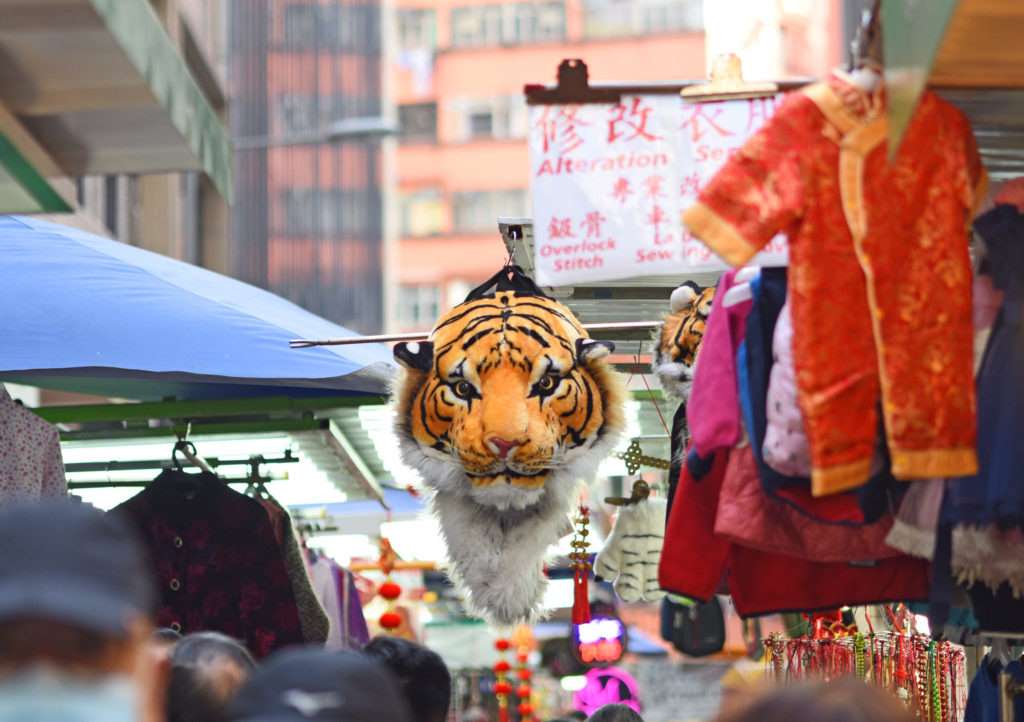"US policy makers have put themselves in a fix with the imposition of duty on imported products. While clothing and footwear haven’t come under the duty radar but the scenario seems grim. Clothing accounts for about $35 billion of China’s annual exports to the US and footwear $15 billion, around 10 per cent of the total, reveals Dylan Chu, China consumer discretionary analyst, CLSA. The repercussions of the policy enactment may lead to shifting to some factories outside China to offset higher labour costs."
 US policy makers have put themselves in a fix with the imposition of duty on imported products. While clothing and footwear haven’t come under the duty radar but the scenario seems grim. Clothing accounts for about $35 billion of China’s annual exports to the US and footwear $15 billion, around 10 per cent of the total, reveals Dylan Chu, China consumer discretionary analyst, CLSA. The repercussions of the policy enactment may lead to shifting to some factories outside China to offset higher labour costs.
US policy makers have put themselves in a fix with the imposition of duty on imported products. While clothing and footwear haven’t come under the duty radar but the scenario seems grim. Clothing accounts for about $35 billion of China’s annual exports to the US and footwear $15 billion, around 10 per cent of the total, reveals Dylan Chu, China consumer discretionary analyst, CLSA. The repercussions of the policy enactment may lead to shifting to some factories outside China to offset higher labour costs.
Owing to rising wages, Chinese manufacturing has been losing sheen and countries like Bangladesh are quick to grab the opportunity, thanks to zero-tariff access to Europe for its textiles, much like Vietnam. Other potential sources of supply include Cambodia, Indonesia, the Philippines and India. Africa is also developing its manufacturing base in Ethiopia, Kenya and countries in the north of the continent. However, the lion’s share still goes to China, which accounted for 36.4 per cent of global clothing exports in 2017, as per the WTO figures.
Cause for concern
Moving further afield means longer lead times. Vietnam might take the gains here as supplies can be trucked in from its northern neighbour. In spite of this, it is estimated that the lead time for apparel would typically be 45 to 90 days in Vietnam, compared to as little as 10 to 20 days in China. Zara chain is able to get the hottest trends to consumers within weeks. That’s because the company makes about 60 per cent of its products close to its headquarters, in Spain, Portugal and Morocco.
from its northern neighbour. In spite of this, it is estimated that the lead time for apparel would typically be 45 to 90 days in Vietnam, compared to as little as 10 to 20 days in China. Zara chain is able to get the hottest trends to consumers within weeks. That’s because the company makes about 60 per cent of its products close to its headquarters, in Spain, Portugal and Morocco.
With such a challenging scenario, consumers should be prepared to pay more for the latest looks. What’s more, having more fashion hits, and fewer misses, should mean less products being sold at a discount. That should mean more of a cushion to absorb higher duties. Now as consumers are used to cheaper clothing, the task in hand is to push the extra costs further down the supply chain, forcing manufacturers to share some of the pain, which wouldn’t be easy either. For now, retailers hope that speed to market wins, and consumers prioritise latest colour or style over the bargain basement.












